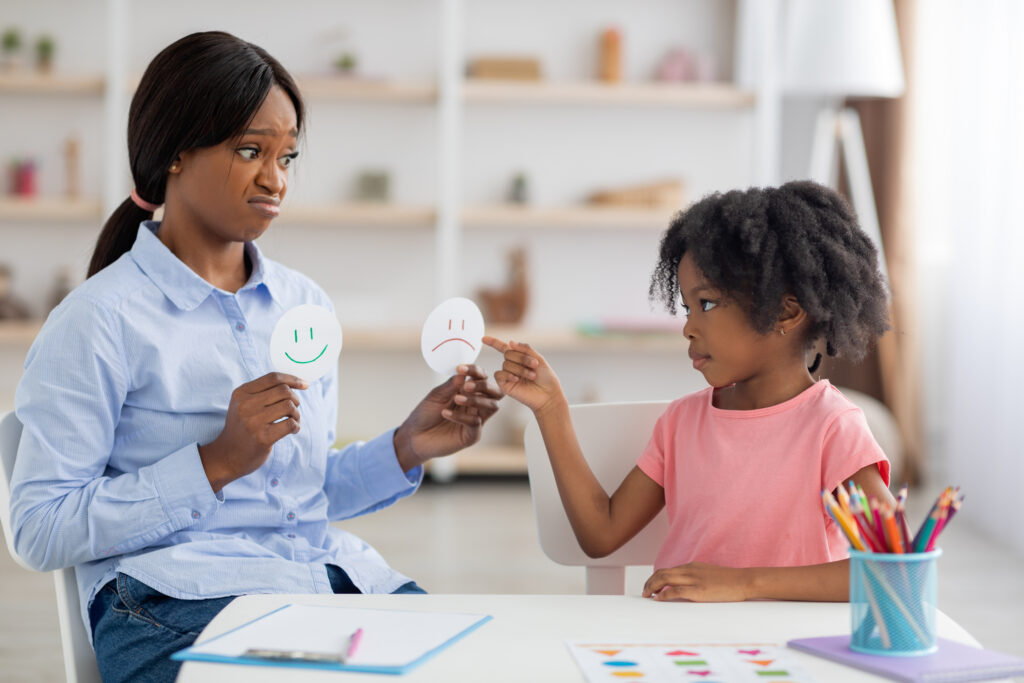Building Compassionate Connections in Foster Care
Introduction: Deciphering the Language of Behaviour
When a child in your care throws a toy across the room, screams in frustration, or retreats into silence, it’s easy to feel overwhelmed and unsure how to help. The world of foster care is filled with unique challenges, particularly when it comes to understanding and responding to children’s behaviour. These behaviours often feel like mountains to climb, yet messages await hearing. This blog post will guide you through deciphering these messages, rooted in trauma-informed care and attachment theory.
Together, we’ll explore why foster children behave as they do and how you, as a foster carer, can create a compassionate environment that encourages emotional healing. You are not alone in this journey and can make a meaningful impact with the right tools.
What Is Behaviour Telling Us?
The Link Between Trauma and Behaviour
Every action a child takes is a form of communication. Children in foster care often come with complex histories of trauma, which can sculpt their behavioural patterns in profound ways. Understanding these patterns begins with recognising that trauma impacts the brain’s development, creating a heightened state of alertness or “survival mode.”
Challenges for Foster Children
The traumatic experiences fostered by children can lead to misunderstood behaviours like aggression, withdrawal, or seemingly irrational fears. These are not simply “naughty” behaviours but rather survival strategies the child has learned to cope with feelings of anxiety and insecurity.
Your Role As a Foster Carer
As carers, we hold a powerful position in helping children unlearn these survival strategies and replace them with healthier ways of managing emotions. This requires patience, compassion, and a heartfelt commitment to understanding the experiences these children carry with them.
Why This Matters
Effects of Ignored Trauma on Foster Children
When a child’s trauma-driven behaviours are misunderstood or ignored, it can reinforce feelings of insecurity and unworthiness. This can stall their emotional development and create further barriers to forming healthy relationships.
Building Secure Attachments
The goal is to build secure attachments that help foster children feel safe and supported. Secure attachments are vital for a child’s emotional and social development, laying the groundwork for improved life resilience and stability.
Long-Term Benefits of Trauma-Informed Care
Supportive approaches create an environment where children can begin to heal and grow. With consistent care and understanding, children move towards emotional regulation, better self-esteem, and the ability to form trusting relationships.
Practical Strategies for Carers
Strategy 1: Acknowledge and Validate Feelings
Action: When a child displays challenging behaviour, resist the urge to reprimand immediately. Instead, please take a moment to acknowledge their feelings. Saying something like, “I can see you’re upset, and that’s okay,” can affirm that their emotions are valid.
– Application: This approach builds the foundation for trust and emotional safety.
Strategy 2: Create Predictable Routines
Action: Establish daily routines that offer stability and predictability. Knowing what to expect reduces anxiety for children who have experienced chaotic environments.
– Application: Implement visual schedules or simple daily rituals the child can rely on.
Strategy 3: Engage in Co-Regulation
– Action: Use your calm presence to help the child regulate their emotions. This might involve sitting quietly with them during a meltdown or providing gentle, reassuring words.
– Application: Consistency is key. Your ability to remain calm during their storm is a powerful tool for teaching self-regulation.
Strategy 4: Embrace Mindfulness and Relaxation Techniques
– Action: Introduce mindfulness exercises or breathing techniques that the child can use to regain control. Start with short exercises suitable for their age and gradually increase.
– Application: Activities such as deep breathing, visualisation, or guided imagery can be especially useful.
Advanced Applications and Professional Support
Applying Developmental Understanding
In situations where challenging behaviour persists, enhancing your understanding of developmental trauma may be necessary. Collaborating with child psychologists or attending workshops on trauma-informed care can broaden your skills and strategies.
Seeking Support from Professionals
Don’t hesitate to reach out to social workers or therapists specialising in trauma and attachment issues. They can offer insights and tailored strategies that suit the specific needs of the children in your care.
Creating a Supportive Environment
Working with Schools and Professionals
Regular communication with your child’s school can ensure consistency in their support network. Share your insights into what strategies work best for the child and collaborate with teachers to provide an understanding atmosphere at school.
Building Community Connections
Support networks are invaluable. Connect with other foster carers for shared experiences and advice. Consider joining local support groups or online forums dedicated to foster care.
Monitoring Progress and Adapting Approaches
Celebrating Progress
Recognise and celebrate small victories, whether it’s an improved reaction to a stressful situation or another step toward self-regulation. These moments are milestones in their healing journey.
Adjusting Strategies When Needed
Children grow and change, as do their needs. Be open to adapting your strategies to fit their evolving developmental stage and emotional state.
Conclusion: Encouragement for Foster Carers
Understand that your dedication, understanding, and willingness to learn profoundly impact a child’s life. Behaviour is complex, and while we can’t change the past experiences of foster children, we can influence how they perceive their world today. Every act of caring counts, and your compassion holds the key to unlocking their potential and fostering a future filled with healing and hope. Keep learning, keep connecting, and remember you are an essential part of the journey towards their emotional freedom.
|
ReplyForward
|


